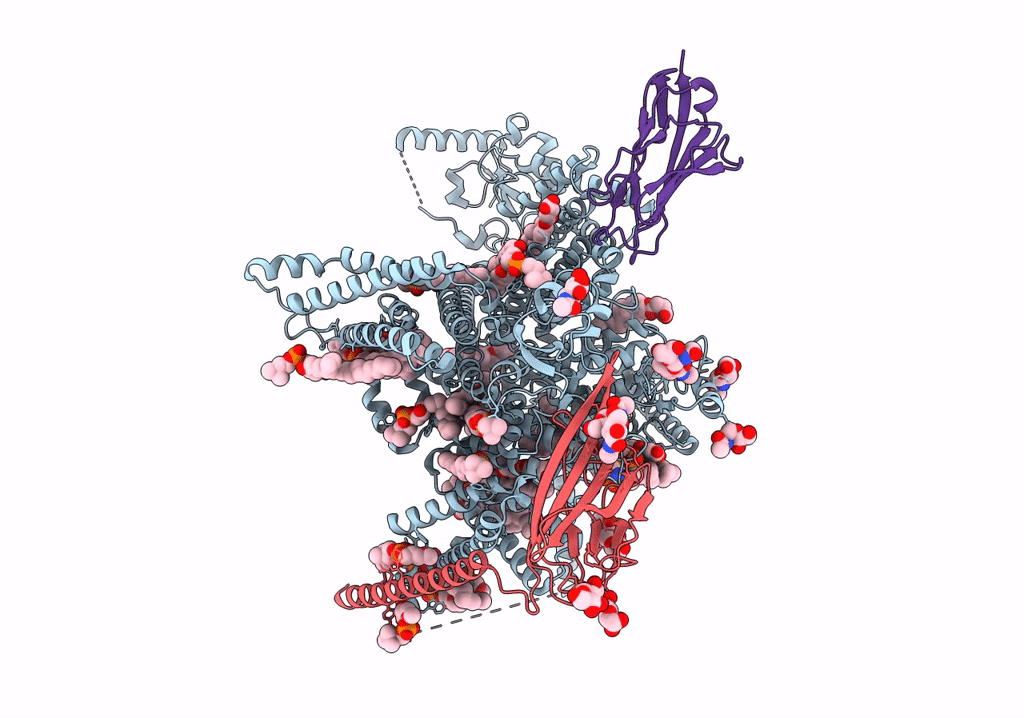
Deposition Date
2023-02-01
Release Date
2023-07-05
Last Version Date
2025-05-14
Method Details:
Experimental Method:
Resolution:
2.80 Å
Aggregation State:
PARTICLE
Reconstruction Method:
SINGLE PARTICLE


